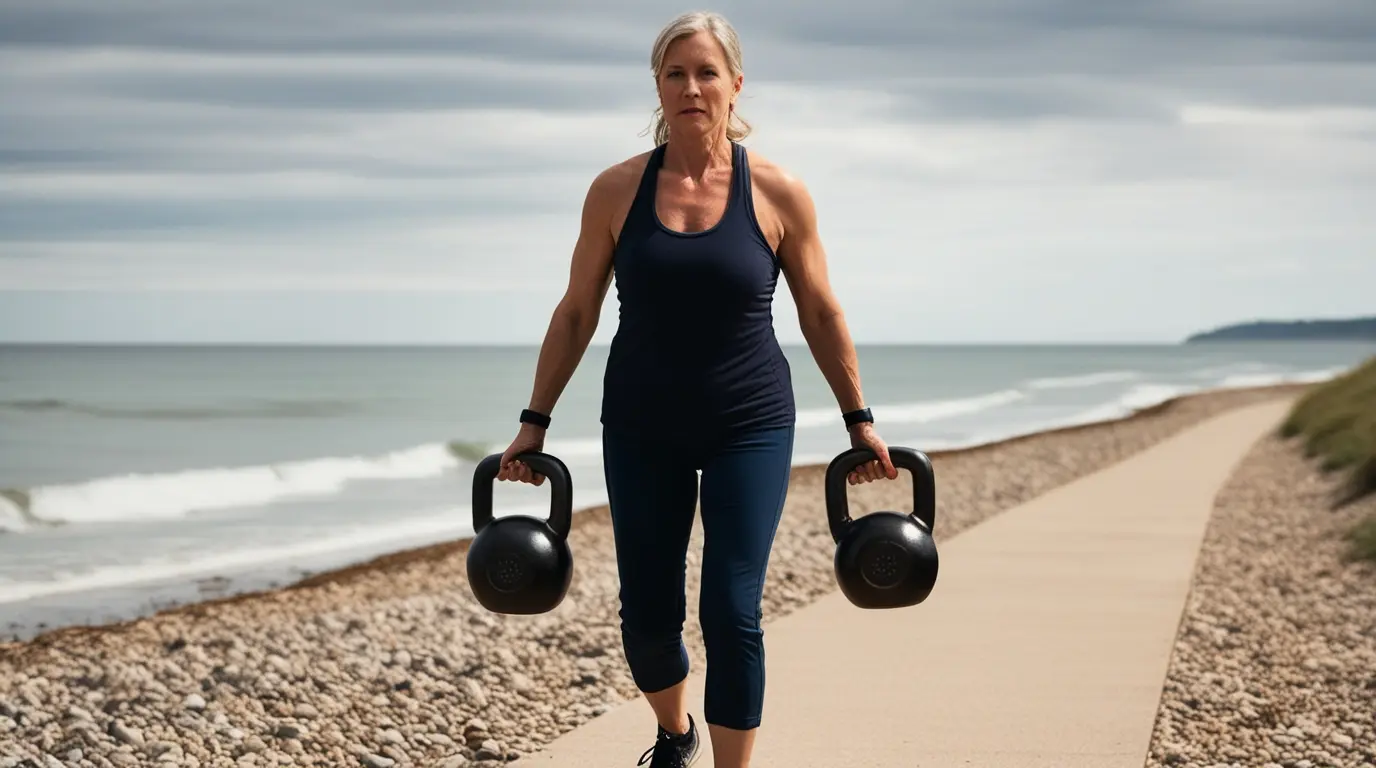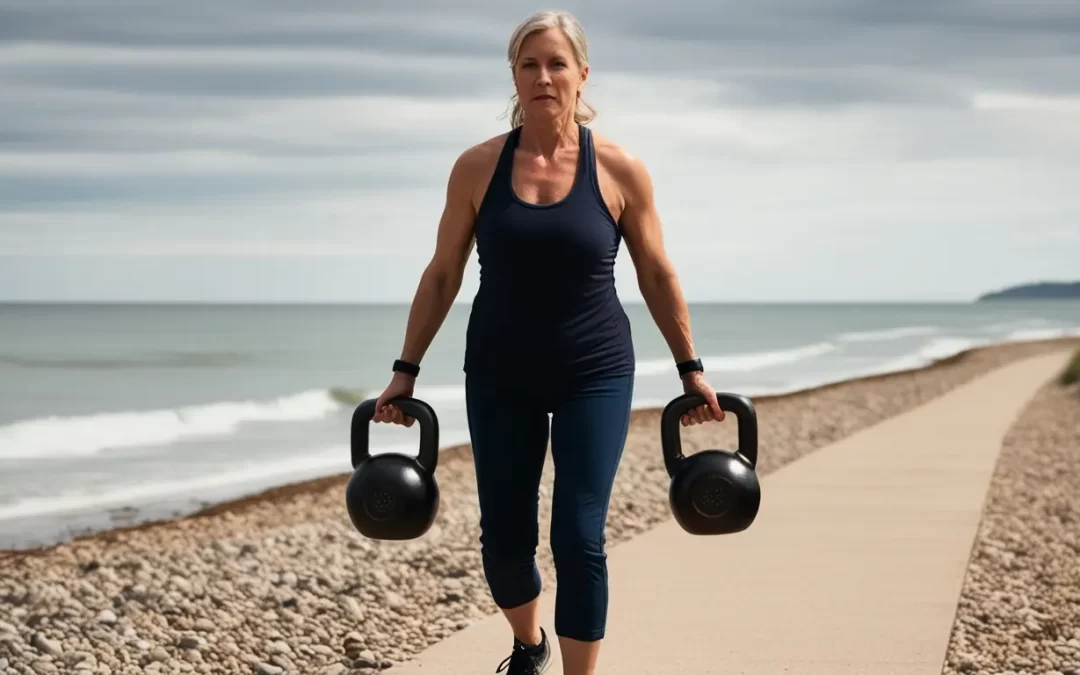Strength Training Beyond Muscles


Most people think of exercise as a way to get fitter lungs or stronger muscles. But there’s a quieter story happening under the surface. Your bones and tendons respond to exercise too — and if you don’t train them, you risk losing resilience just when you need it most. The good news is you can actively build bone density and tendon health with the right approach.
🏋️ Why bone density and tendon health matter
As we age, bone density naturally declines and tendons lose elasticity. This makes fractures, sprains, and slow recoveries far more common. Muscles adapt quickly to training, but bones and tendons take longer to remodel. That’s why strength training beyond muscles is essential — it protects the body’s foundations, not just its surface strength.
💪 How to build stronger bones
Bones strengthen in response to load. The signal they need is pressure and weight-bearing, not endless cardio. Weighted squats, step-ups, and loaded carries all stimulate bone tissue to thicken and adapt. A simple practice like farmers walks is especially effective: walking under load pushes through the spine, hips, and legs in a way no machine can. To explore safe technique, see this guide on using a kettlebell safely.
🔗 How to strengthen tendons
Tendons thrive under tension — not speed. Slow, controlled lifts and holds build resilience in the tissues that anchor muscle to bone. Isometric exercises for joint health, such as static planks, paused squats, or simply holding kettlebells by your side, give tendons exactly the kind of work they need. Over time, this creates durability and reduces injury risk, even during dynamic movements.
⚡ Plyometric exercises for healthy aging
While slow strength is vital, your bones also benefit from impact. Jumps, hops, and bounds load the skeleton in short bursts that stimulate density. That’s why plyometric exercises for healthy aging deserve a place in your week. Start with small hops or gentle box step-offs before progressing. These movements keep bones responsive, just as running and jumping naturally did when we were younger. If balance is an issue, outdoor drills with a trainer can make it both safe and fun. For more ideas on whole-body progressions, see this fat loss and strength workout strategy.
🧍 Kettlebell training benefits
Kettlebells are versatile tools that bring everything together. Carries build bone density, swings stimulate tendons and hips, and presses challenge joints safely. Unlike gym machines, kettlebells demand stabilisation, which wakes up connective tissues and keeps movement patterns strong. That’s why kettlebell training benefits extend far beyond muscle growth — they reinforce the frame your muscles rely on. A simple routine of squats, swings, and carries twice a week can make a measurable difference in bone and tendon health. Learn more about varied approaches in kettlebell rack and suitcase carries.
🌍 Take action
Protecting bones and tendons doesn’t require hours in the gym. It’s about smart, consistent training: loaded carries, weighted squats, isometric holds, and occasional jumps. These keep your skeleton and connective tissue strong enough to support whatever life throws your way. If you’d like to experience this approach in practice, join one of our outdoor fitness sessions here in Southsea, Portsmouth — and feel the difference of training for true resilience, not just surface strength.
You can Comment or ask questions on this post in Instagram.
We would love to hear from you!
Want to explore more about how fascia influences movement, mood, and memory?
Visit our fascia-informed movement and emotional wellbeing homepage to dive deeper into the science and practice.
